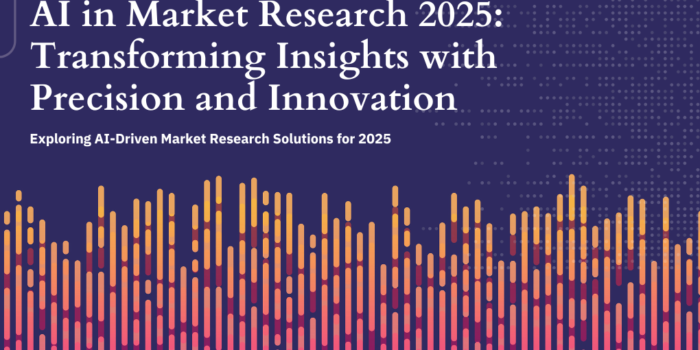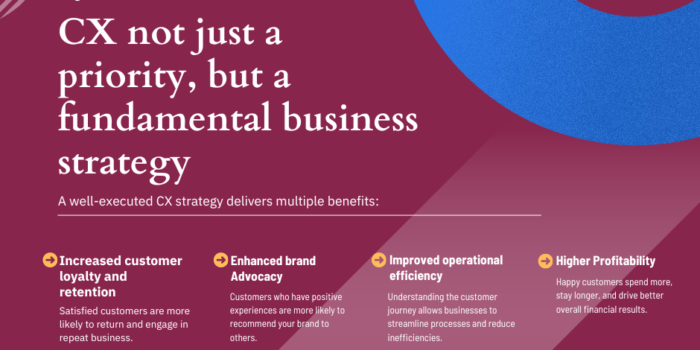Sugar taxes, also known as soda taxes or sugar-sweetened beverage taxes, have emerged as a policy tool in various countries around the world to combat rising obesity rates and promote healthier consumption habits. These taxes aim to reduce the consumption of sugary products, including those in the fast-moving consumer goods (FMCG) industry.
To date, across the globe, over 45 countries, cities, and regions have instituted sugar-sweetened beverage (SSB) taxes.
This blog post explores the profound implications of sugar taxes on the fast-moving consumer goods (FMCG) industry, unveiling critical lessons learned and illuminating the future outlook in light of this regulatory trend.
The Rationale Behind Sugar Taxes
Sugar taxes are motivated largely by public health concerns, as excessive sugar intake has been related to obesity, diabetes, and other health problems. Policymakers hope to curb sugary product consumption and encourage healthy options by raising the price of sugary items through taxes. Proponents claim that these levies not only promote public health but also create income for healthcare initiatives.
Simultaneously, consumers also increasingly want reassurance that sweetness is derived from natural ingredients as far as possible. Manufacturers are readily embracing the ‘no added sugar’ product positioning and it has successfully emerged as one of the most prominent on-pack claims across beverage categories. For instance, over the past five years (2017-2022) low- and reduced-sugar claims went up by 54% in the UK in new product launches. Industry mammoths are readily becoming vigilant of the trend. Coca-Cola announced a global commitment to reduce added sugar in its beverages by 20% by 2025.

Insights and Impact from Implemented Sugar Taxes:
Shifting Consumer Behavior:
Countries like Mexico, which implemented a sugar tax, witnessed a remarkable 7.6% reduction in purchases of taxed beverages within the first year. Consumers responded by altering their beverage choices, exemplifying the effectiveness of sugar taxes in driving positive behavioral changes.
Revenue Generation Potential:
The UK’s Soft Drinks Industry Levy exemplified the remarkable revenue generation capacity of sugar taxes. In its debut year, it amassed approximately £336 million, reinforcing the tax’s capability to fund vital public health initiatives.
Health and Cost Savings:
Research by the Childhood Obesity Intervention Cost-Effectiveness Study (CHOICES) demonstrated that a modest Illinois state SSB tax of 1¢-per-oz could yield $651 million in annual revenue, prevent nearly 200,000 cases of obesity, and save more than $700 million in healthcare costs over a decade. Such findings underscore the long-term health and economic benefits of sugar taxes.
Policy Evolution:
Based on findings that pointed out that Australians consume over 2.4 billion liters of sugar-sweetened beverages each year, and 36 percent of adults and 41 percent of children consume sugar-laden drinks at least weekly, the Australian Medical Association (AMA) has recently proposed to renew the sugar tax regime. The AMA has been recommending the federal government impose a tax of 40 cents on every 100g of sugar added to soft drinks. This would translate to a rise in the cost of a 375 ml can of soft drink by 16 cents.
Challenges Faced by the FMCG Industry
a. Potential Revenue Loss
FMCG companies operating in markets with sugar taxes may experience a decline in sales and revenue as consumers opt for healthier alternatives. However, this challenge also presents an opportunity for FMCG companies to innovate and diversify their product offerings to cater to changing consumer preferences.
b. Complexity in Implementation
Sugar tax implementation necessitates navigating complicated rules and compliance requirements. To avoid penalties and retain customer trust, FMCG firms need to ensure the correct labeling and pricing of their products.
c. Concerns over tax evasions
Presenting a unique set of challenges, consumers in border regions of nations with sugar taxes have turned to buying sugary beverages from neighbors without similar duties, raising worries about tax evasions. This highlights the current lack of policy harmonization across regions.
Best Practices for the FMCG Industry
a. Expansion of Sugar Taxes
As governments realize their ability to address public health issues, the use of sugar tariffs is expected to spread to other nations. To proactively modify their plans, FMCG companies must be aware of changing legislation.
b. Shift Towards Healthier Product Portfolios
The FMCG sector is seeing an increase in demand for products that are healthier and contain less sugar. Businesses that put an emphasis on product innovation and provide a wide variety of healthy options are likely to prosper in this shifting market.
c. Collaborative Approaches
FMCG businesses should consider forging effective collaborations with public health organizations, policymakers, and consumer advocacy groups. These collaborations can encourage innovation, aid in research projects, and increase consumer confidence. This will benefit both the public’s health and the FMCG industry as a whole.
d. Innovative Procurement
In a bid to control the growing regulatory burden, the robustness of existing supply chains is being questioned. Procurement is at the heart of preparing brands for this disruption. To actualize this, it is, therefore, imperative to connect with suitable suppliers bringing in the right ingredients at the right price.
Sugar taxes have had a significant impact on the FMCG industry, leading to reduced sugar consumption, increased consumer awareness, and product reformulation. Despite challenges faced by FMCG companies, sugar taxes present an opportunity for innovation and growth in the development of healthier product portfolios. By proactively adapting to changing consumer preferences and collaborating with stakeholders, FMCG companies can navigate the evolving landscape and contribute to a healthier future.






 Market Research
Market Research Consumer Research
Consumer Research Industry Research
Industry Research Market Entry Strategy
Market Entry Strategy Feasibility Studies
Feasibility Studies Product Research
Product Research User Research
User Research Automobile & Mobility
Automobile & Mobility Banking and Finance
Banking and Finance Consumer Products & FMCG
Consumer Products & FMCG Ecommerce & Retail
Ecommerce & Retail Industry & Manufacturing
Industry & Manufacturing Government & Public Sector
Government & Public Sector Industry Associations
Industry Associations Technology & Software
Technology & Software Venture Capital & PE
Venture Capital & PE Consulting & Advisory
Consulting & Advisory India Entry Market Research
India Entry Market Research Innovation Consulting
Innovation Consulting KX Market Radar
KX Market Radar Business Model Development
Business Model Development Gen Z Navigator
Gen Z Navigator